Advocacy Exhibit
Speaking Out and Speaking Up
Advocacy for people with disabilities has taken many forms over time. At first the idea was to provide shelter from an uncaring world, to provide a place of refuge. When the institutions that had been established to educate and nurture fell short of providing for the basic needs of their charges, changes in the provision of care were advocated by social reformers, politicians, and most importantly parents. A fundamental reason for advocating for people with disabilities is that they are members of our family. Currently, people with disabilities are banding together to form self-advocacy groups.
Click on any image to explore the virtual gallery.
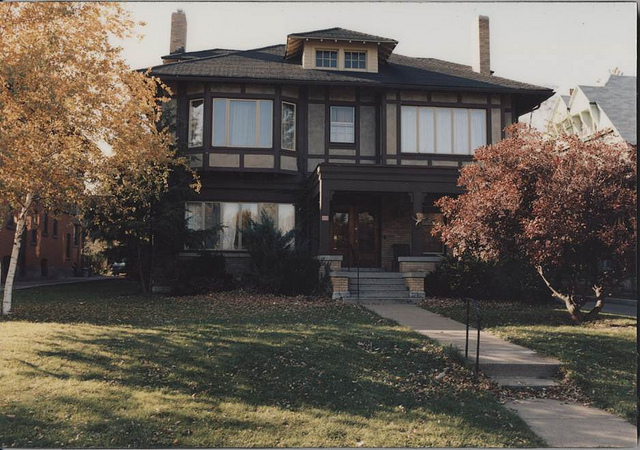
Group Homes
Houses that blend in with community neighborhoods for individuals with disabilities
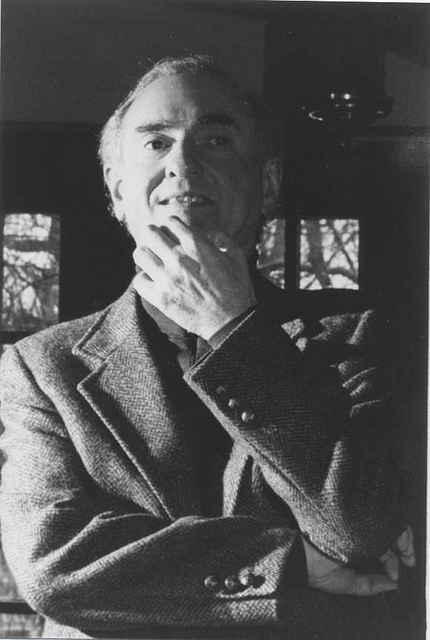
Wolf Wolfensberger (1934-2011)
Dr. Wolfensberger's (1934-2011) theory was Social Role Valorization- The major goal of SRV is to create or support socially valued roles for people in their society
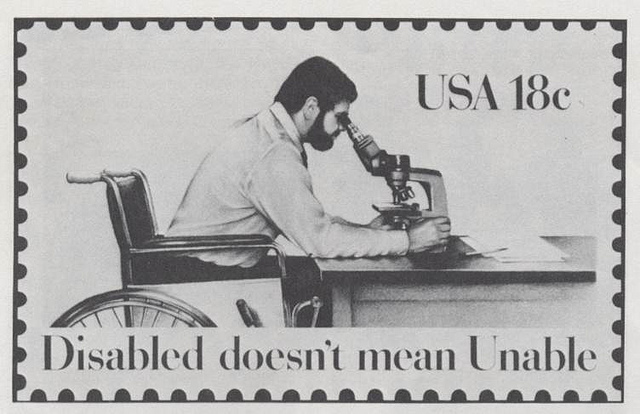
Social Role Valorization
Having a job...

Social Role Valorization
Taking part in the elective process...

Social Role Valorization
Taking part in the elective process
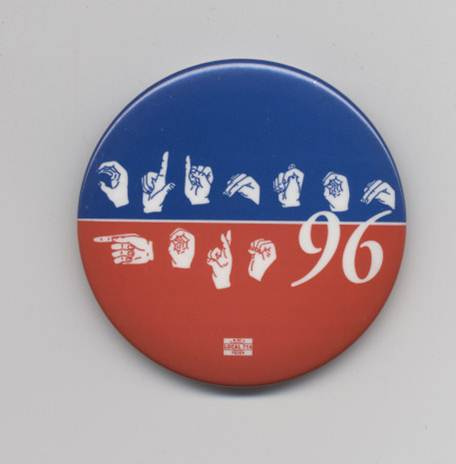
Social Role Valorization
and expressing opinions

Social Role Valorization
And expressing opinions...
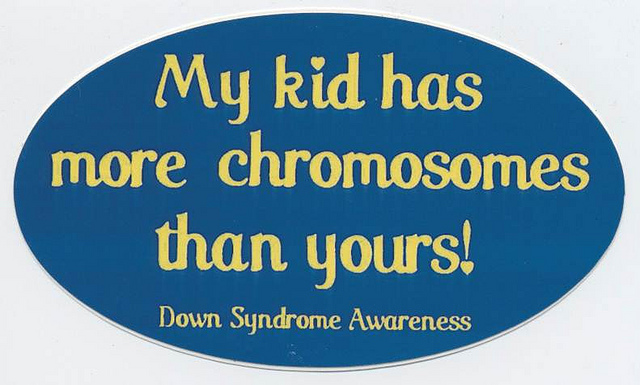
disABILITY Pride
A stigma free example of modern parental advocacy
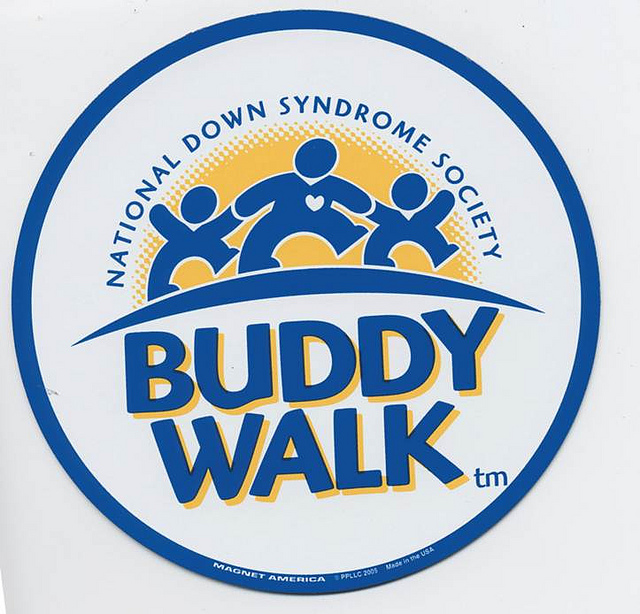
Involving the Community
Getting the community involved in activities with individuals with disabling conditions remains an important part of disability advocacy
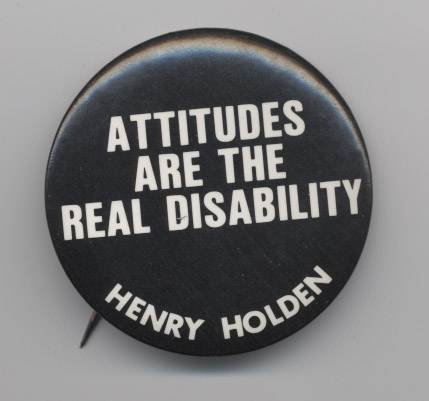
Self Advocacy
Overcoming the attitude that people with disabilities are "broken" or "need to be fixed" remains a major focus of the modern disability advocacy movement
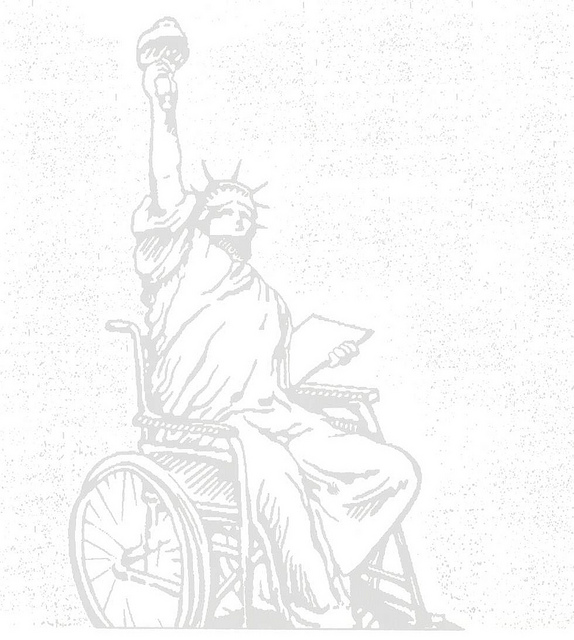
disABILITYAdvocacy: Speaking Out and Speaking Up
Advocacy for individuals with disabilities has taken many forms over time. At first the idea was to provide shelter from an uncaring world, to provide a place of asylum. When the institutions that had been established to educate and nurture fell short of providing for the basic needs of their charges, changes in the provision of care were advocated by social reformers, politicians, and most importantly parents. A fundamental reason for advocating for people with disabling conditions is they are members of our family. Currently individuals with disabling conditions are banding together to form self- advocacy groups.
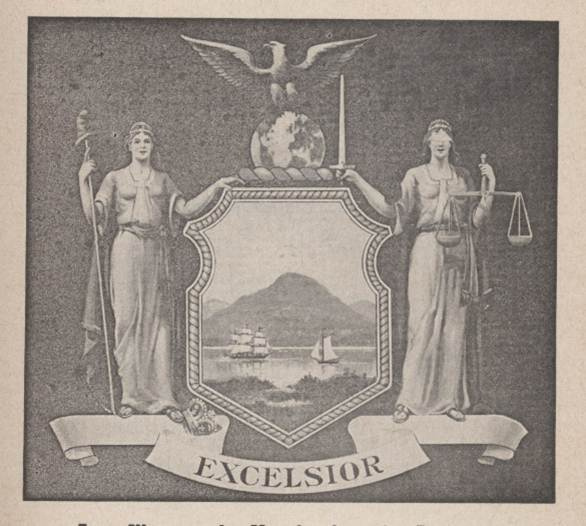
Individuals with disabilities have always been part of society
Individuals with disabilities have always been part of society
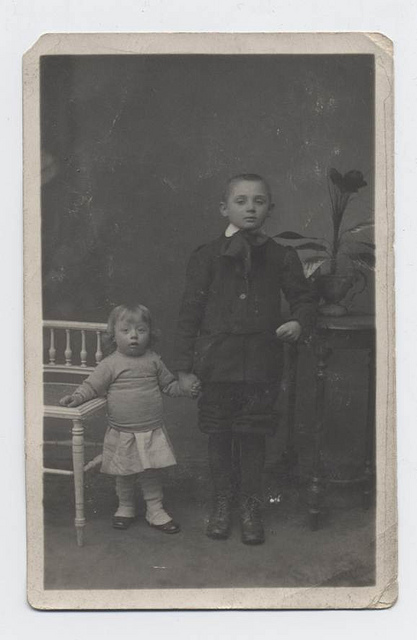
Advocacy through the ages
Parents, siblings, individuals, organizations, educators and public servants have all played a role in advocacy for individuals with disabilities
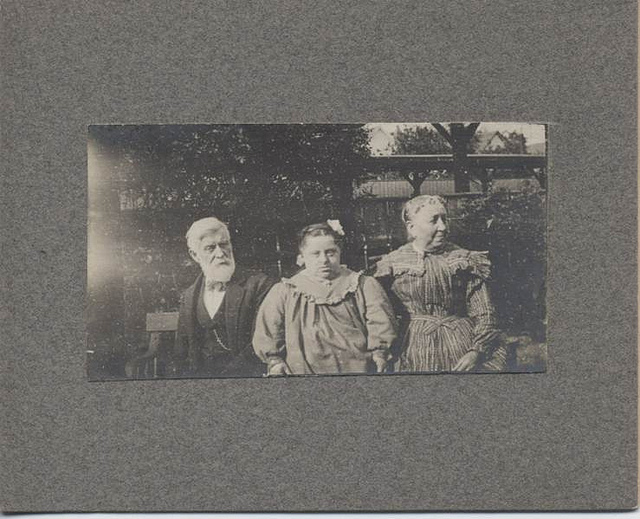
Parents advocate
People with disabling conditions have been part of our family throughout time
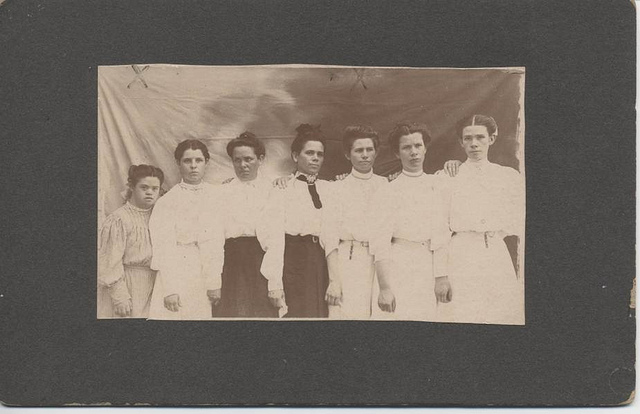
Family members advocate
To find a way to include individuals with disabilities in "normal" life
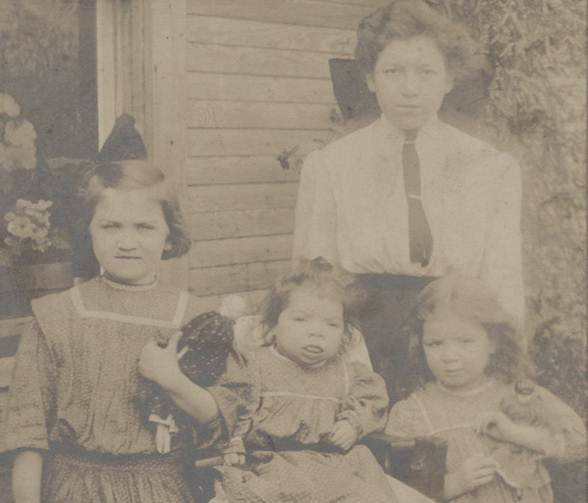
6582072519_1df8610581_z
To ensure their brothers or sisters are taken care of as they grow
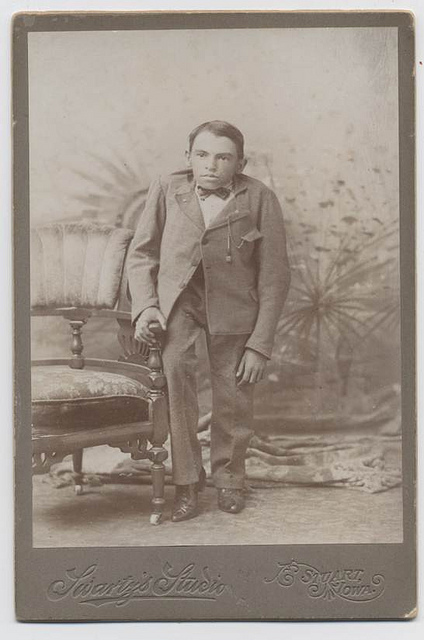
Individuals advocate
To have the chance to make their needs known and to be heard

Influential Advocates- Dorthea Dix
Dorothea Dix (1802-1887) was an influential and important reformer of the mental illness and prison systems in the United States. Her efforts lead to the establishment of 32 institutions
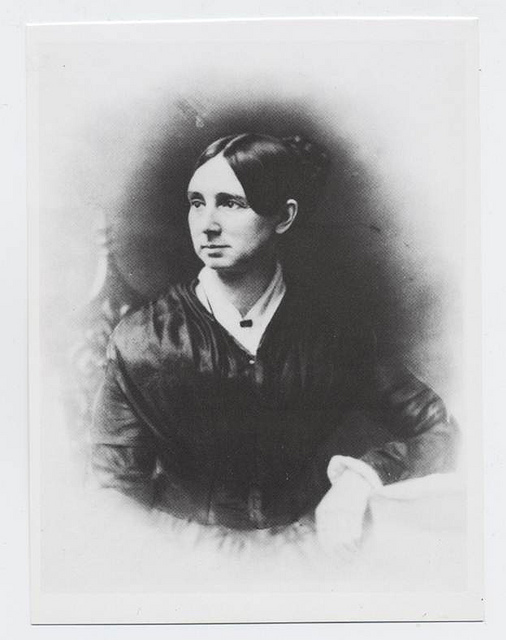
Dorothea Dix
Dorothea Dix (1802-1887) was an influential and important reformer of the mental illness and prison systems in the United States. Her efforts lead to the establishment of 32 institutions
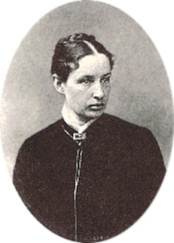
Influential Advocates- Josephine Shaw Lowell (1843-1905)
Josephine Shaw Lowell (1843-1905) was the first woman to head the New York State Board of Charities and Corrections (1876). She also worked to establish the Newark Custodial Asylum for Feeble-Minded Women (1878)
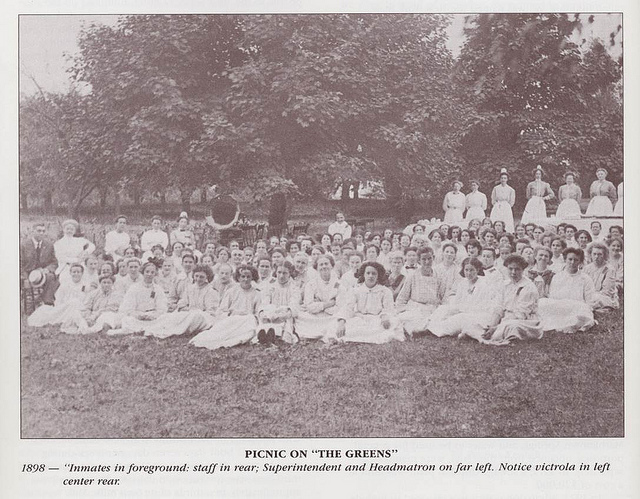
Newark State School
Newark State School was founded by Josephine Shaw Lowell in 1878
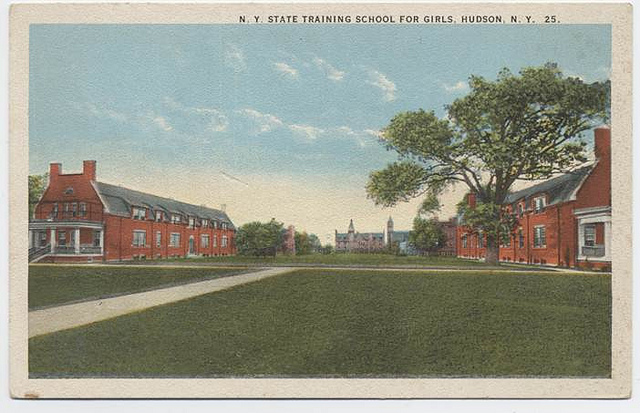
House of Refuge
Lowell also played a role in the opening of the first reformatories in New York solely for women, in Hudson, NY (1887), and in Albion, NY(1892)
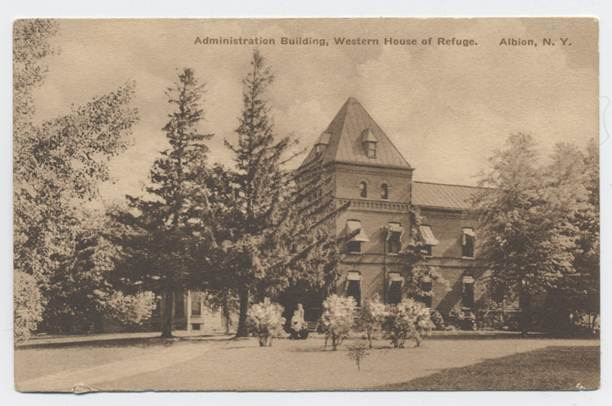
House Of Refuge
Lowell also played a role in the opening of the first reformatories in New York solely for women, in Hudson, NY (1887), and in Albion, NY(1892)
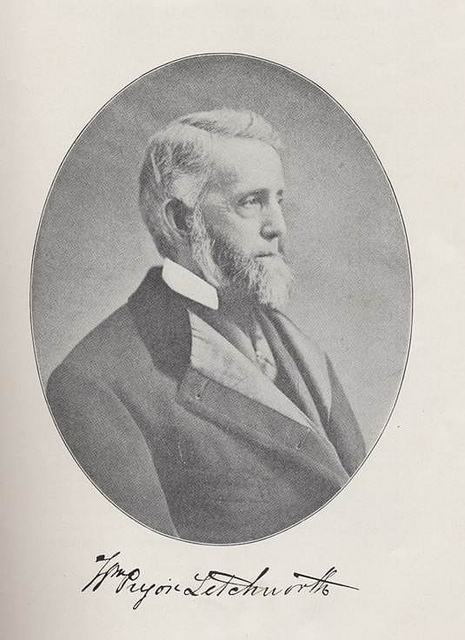
Influential Advocates- William Pryor Letchworth (1823-1910)
William Pryor Letchworth (1823-1910) an advocate for feeble-minded, epileptic and "the unfortunate classes." Letchworth helped to establish Craig Colony for Epileptics (1896) and Letchworth Village for the Feeble-minded and Epileptics (1909) was named in his honor
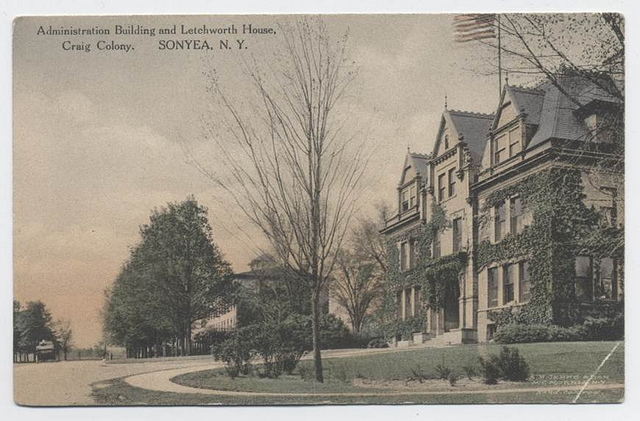
Craig Colony for Epileptics
Letchworth advocated for spacious grounds , a home-like environment, adequate medical staff and vocational and educational opportunities for the residents
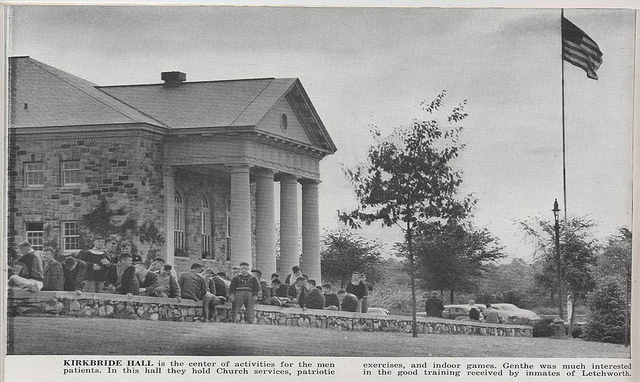
Letchworth Village
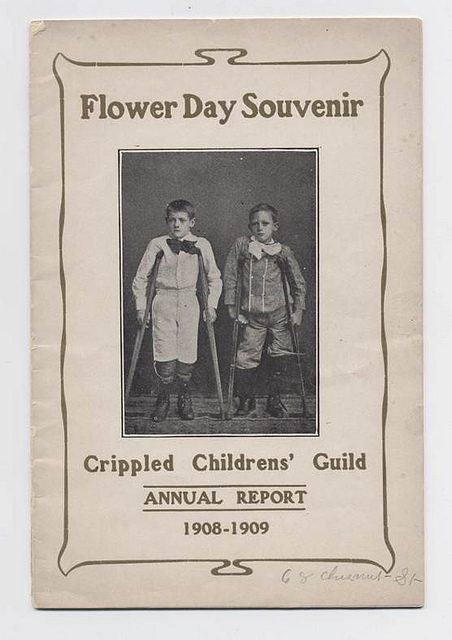
Groups formed to meet needs
The Crippled Children's Guild sought establish a summer home for crippled children, and to provide educational opportunities that would lead to self sufficiency
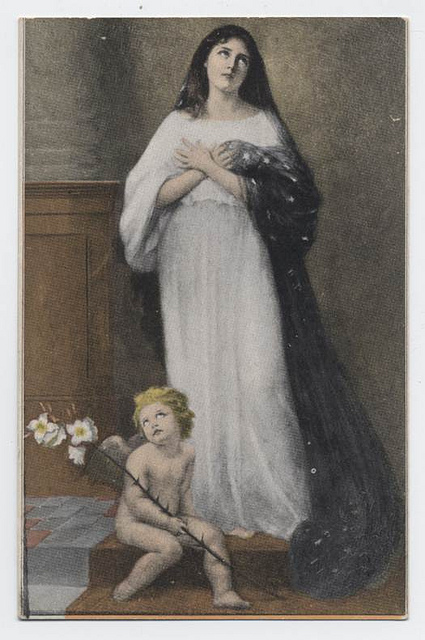
Advocacy for Services
This card by the National Probation League asks for the support of young children with epilepsy who otherwise might end up housed in jail
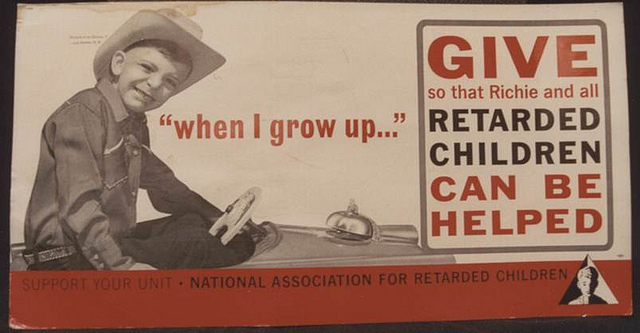
Parent Groups
Organizations like the National Association for Retarded Children were the result of the efforts of concerned parents
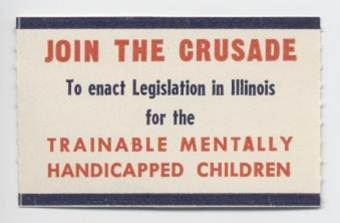
Social Advocacy
Urging the public to enact legislation
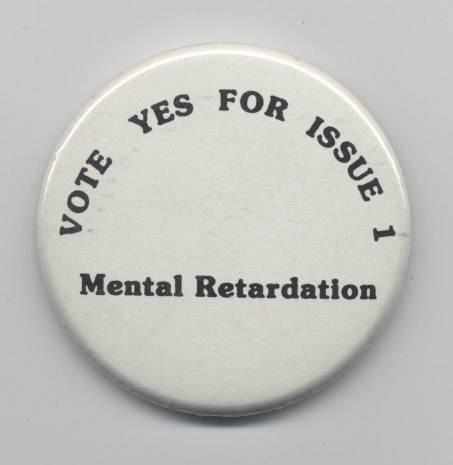
Social Advocacy
Urging the public to enact legislation.
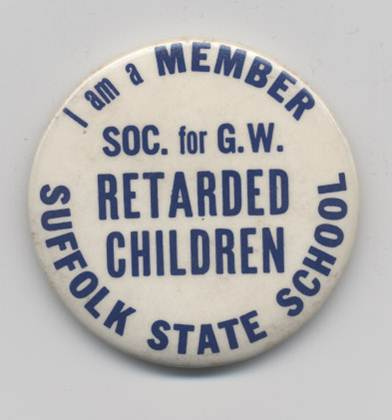
Social Advocacy
Or Support for Programs and People

Social Advocacy
Or Support for Programs and People.
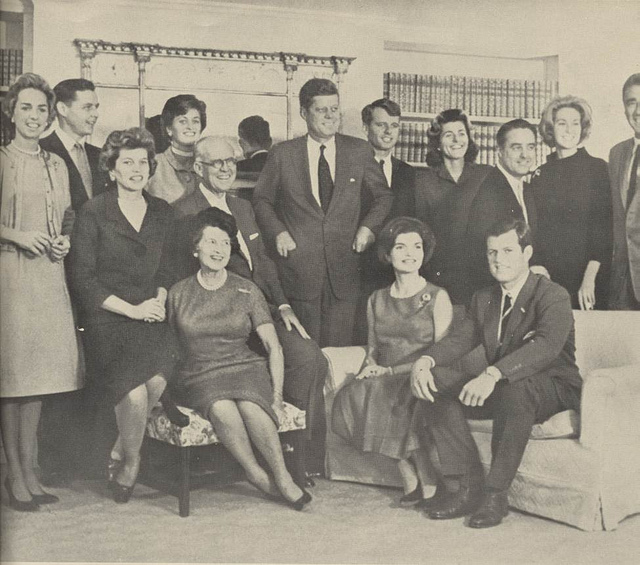
The Kennedy Center
The Kennedy Family
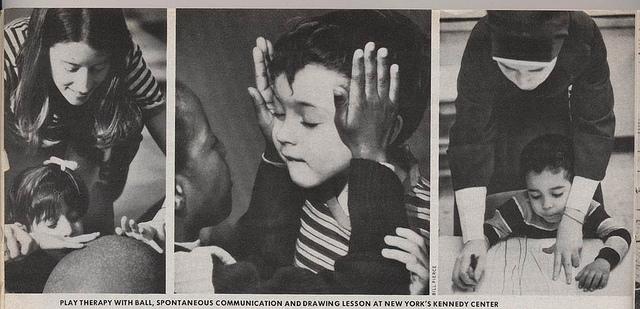
The Kennedy Family
The Kennedy's were influential in establishing a broad range of programs that benefited the Mentally Retarded
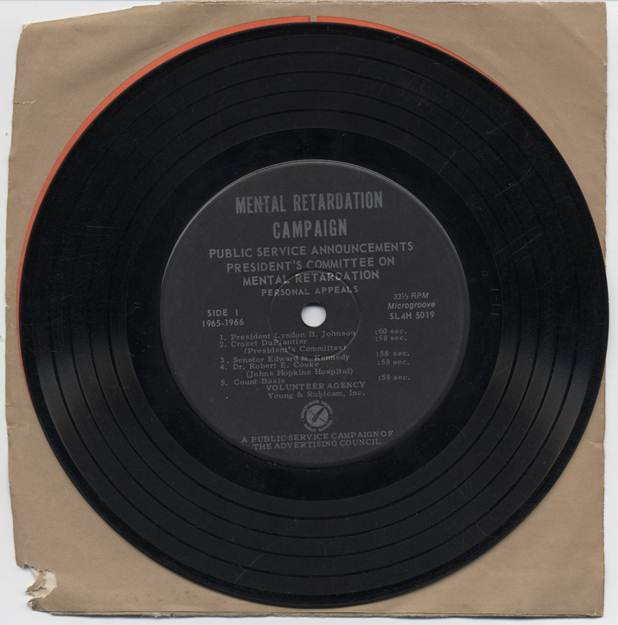
Public Service Announcements
Mental Retardation Campaign Public Service Announcements by: President Johnson, Roy Rogers, Senator Kennedy, Count Basie and Dr. Benjamin Spock were played over the airways in 1965-66 to encourage the public to accept, employ and educate the mentally retarded
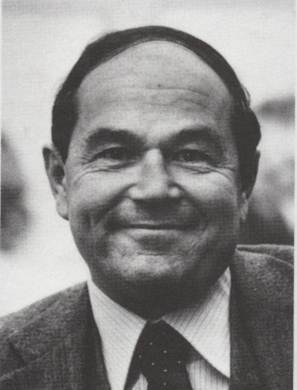
Burton Blatt
Burton Blatt was an educator, author and advocate for reforming the way we care for individuals with intellectual disabilities
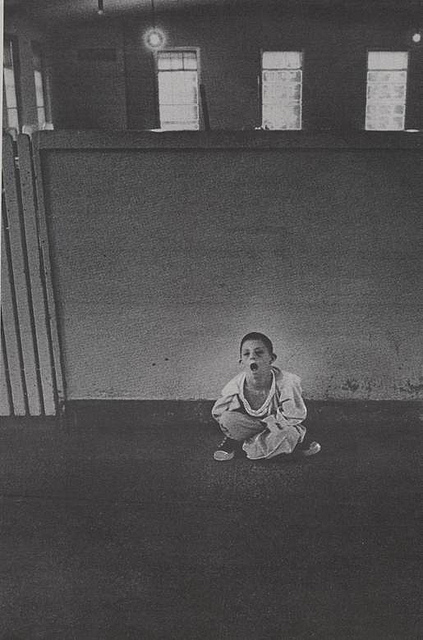
Institutionalization
Burton Blatt's 1966 book Christmas in Purgatory exposed the horrid conditions in institutions
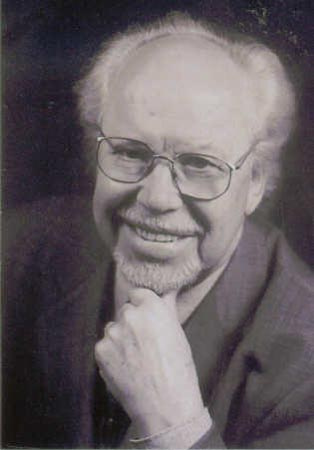
Bengt Nirje (1924-2006)
Nirje (1924-2006) defined Normalization as "making available to all mentally retarded people patterns of life and conditions of everyday living which are as close as possible to the regular circumstances and ways of life of society"
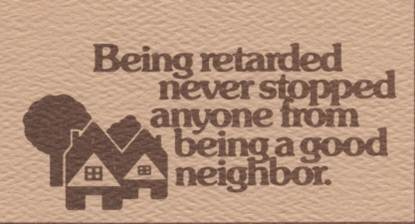
Normalization
People live in houses, not institutions

Normalization
Institutions were closed

